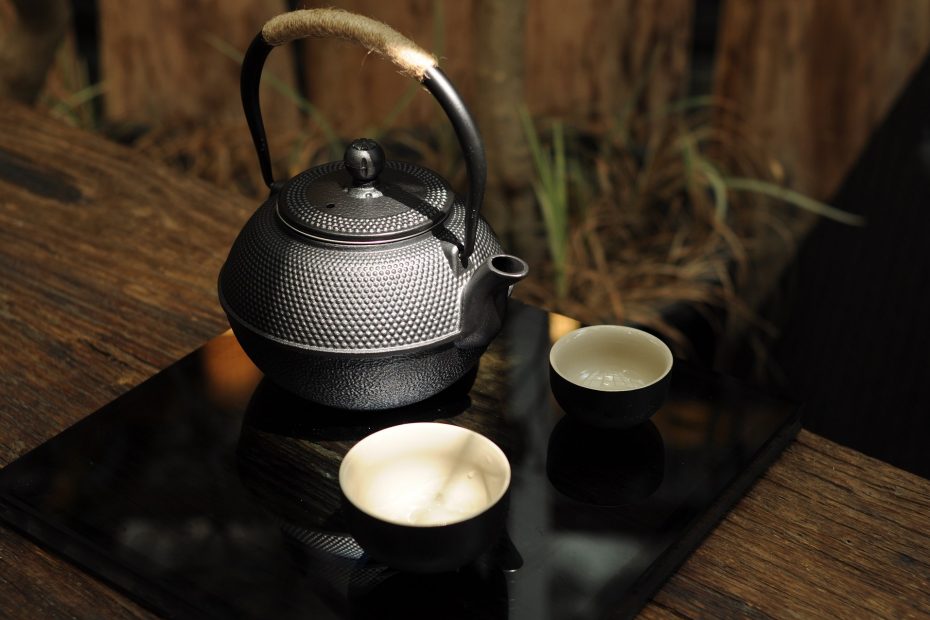Yashixiang tea: have you ever tried this peculiarly named tea? Although the name (duck poop) is not very inviting, what comes out of it is a very good drink with a sweet taste, floral notes, and fruity aftertaste. It may not be super easy to find for sale in the various tea stores in Italy but I recommend trying it as it is one of my favorite Wulong teas. Let’s find out more about this category of blue-green teas namely wulongs (oolongs).
Origin
This tea is a variety of the wulong (oolong) tea phoenix dancong and originated in the city Cháozhōu潮州市 in Guǎngdōng广东 province in China, where it was discovered about 80 years ago.
Legends
The origin of this particular name (duck poop) boasts several versions:
- According to the most popular version, one day a farmer discovered, in yellowish soil mixed with chalk that appeared to be soil covered with duck droppings, a peculiar tea plant. Once he brought home some of the plant’s leaves, he tried making an infusion from it, and a very good-tasting tea came out. Friends and neighbors were enraptured by it and began asking for more information about the plant. Afraid that someone might steal it, the farmer gave it this particular name to discourage the bad intentions of any petty thieves.
- A second version says that a farmer, one day, after discovering this tea plant, brought home several leaves of it to make a drink. The result was a surprisingly tasty tea, so the farmer decided to go back for more leaves. When he arrived at the site, he found a lot of duck droppings under the tea plant, so he decided to give it this bizarre name.
Harvest And Variety
The processes for forming this tea are: withering, oxidizing, rolling, and drying.
Infusion Ways And Times
Western method
Leaves: 3gr per cup
Water: 150 ml per cup
Temperature: 85-95°C
Infusion: about 3-5 min
Chinese method
Leaves: 3-4gr
Water: capacity of a white porcelain Gaiwan or Yixing teapot
Temperature: 85-95°C
Infusion: about 30-40 sec for the first infusion and then add about 15 sec for each subsequent infusion
As with most Wulong teas, for preparation according to the Chinese method, it is good practice to first wash the tea leaves and then continue with the first infusion.
Organoleptic Properties
Dried leaves: slightly twisted leaves of a very dark green color.
Liquor: bright golden yellow. Sweet flavor with floral fragrances and a fruity aftertaste.
Yashixiang tea can be infused more than 10 times.
